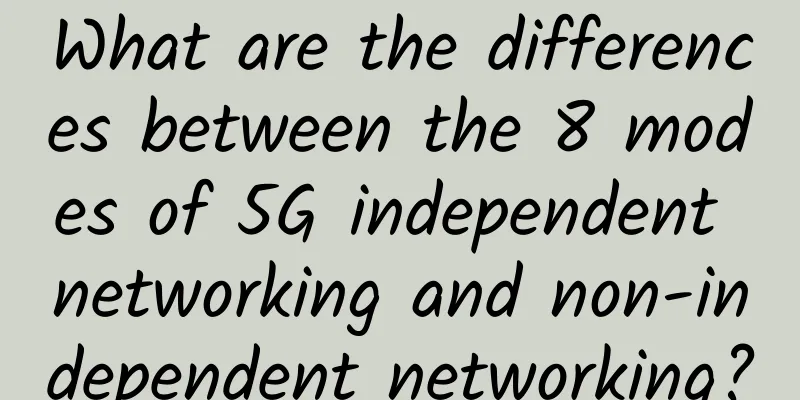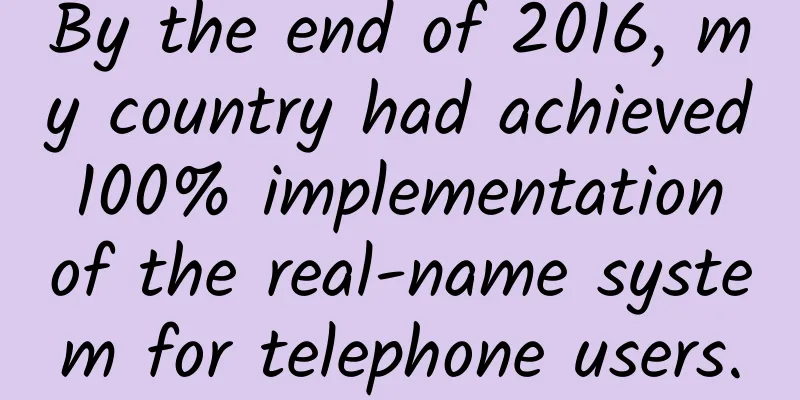Report: Global 5G RAN market shows strong growth

|
Global demand for 5G RAN is expected to grow at a healthy CAGR of 28.7% between 2022 and 2032, reaching a net asset value of US$34.2 billion in 2032, according to a new report from Future Market Insights. 5G RAN Market Cellular devices use radio waves to communicate. These devices convert the user's voice and mobile data into digitized signals that are sent in the form of radio waves. The Radio Access Network (RAN) is implemented to ensure the proper functioning of cellular devices and connect them to the network or the Internet. RAN uses radio wave transceivers to connect devices to the cloud infrastructure. Most transceivers or base stations are connected to the mobile core network via fiber optic backhaul. RAN provides radio communication access and helps coordinate network resources across all wireless devices. Wireless devices connect to the cellular network via Long Term Evolution (LTE) or 5G New Radio (NR) connections. Silicon chips in the core network and cellular mobile devices complement the functionality of the RAN. Future Market Insights said that as cellular network technology reaches 5G, RAN has undergone significant changes in the past few years. Today, 5G RAN technology is able to support massive multiple input multiple output (Massive MIMO) technology, multi-band carrier aggregation, huge spectrum bandwidth, etc. According to the report, infrastructure has been the top priority for strategic investment in various countries. The telecommunication industry is growing rapidly as governments are making huge investments in IT infrastructure. National governments and public organizations are making huge investments to improve national telecommunication infrastructure. This trend is estimated to drive the adoption of 5G RAN in each regional market. Strategic investments in the telecommunications sector help governments harness the potential to create jobs and drive economic growth in countries. The continued advancement of 5G technology has great potential to transform the telecommunications industry vertical and enhance the user experience for end users. Many companies in the global telecommunication industry are focusing on upgrading their existing network infrastructure to 5G network infrastructure. This will help such telecommunication service providers to provide services with high performance and high-speed connectivity. Therefore, huge investments aimed at upgrading the country’s telecommunication infrastructure is a key factor driving the adoption of 5G RAN technology during the forecast period. Impact of the COVID-19 Pandemic on the 5G RAN MarketThe report said that the rising number of infections around the world has forced governments to announce nationwide lockdowns. These lockdowns have restricted the large-scale deployment of 5G technology around the world. It is estimated that the deployment of 5G technology in key vertical industries such as automotive, transportation, and logistics will promote the adoption of 5G RAN solutions and services. Lockdowns legislated by governments to prevent the spread of infection have limited 5G deployment. The government and public sector, as well as the healthcare vertical, are expected to see a surge in adoption. However, overall growth rates are expected to continue as 4G LTE adoption continues. Regional OverviewThe 5G RAN market in North America and Europe leads all other regional markets globally. The strong market share can be attributed to the high presence of 5G technology solutions and service providers in the region. Initiatives and investments deployed by government agencies are also driving the adoption of 5G technology, thereby boosting the 5G RAN market. Advances in 5G technology for automotive and smart transportation are playing a key role in driving the growth of the 5G RAN market in European economies such as Germany and the UK. The 5G RAN market in the Southeast Asia Pacific region is expected to witness strong growth during the forecast period. The 5G RAN market in Latin America and the Middle East and Africa will witness slower growth during the forecast period as LTE Advanced technology is still spreading in these regional markets. |
<<: The Future of Wi-Fi: Prepare Your Business for the Internet of Things
>>: Why is HTTPS protocol secure?
Recommend
What are the differences and connections between 25G/50G/100G technologies?
In the past decade, 10G and 40G technologies have...
As the gateway integrator, this open source web application hosting tool is a magical tool!!!
introduce Today I would like to introduce an inte...
Six requirements for integrating SmartNIC/DPU into existing network infrastructure
The CPU has long been considered the backbone of ...
From the industry, to the industry | Huawei's China Government Business "knowledgeable" image is officially released
On June 22, Huawei China Government Business offi...
NFV is stumbling forward and entering the second half
The first half of NFV was a bumpy road, and it wa...
The ransomware incident is a microcosm of global cybersecurity
On May 12, more than 75,000 computer virus attack...
4 ways 5G will change our lives
5G technology is being rolled out in many countri...
Review of the five major mergers and acquisitions in the optical communications industry in 2018: vertical integration is the general trend
Looking back at the whole year of 2018, the optic...
Maxthon Hosting: 20% off on native IPs in Osaka/Tokyo, Japan, XEN/KVM architecture, monthly payment starting from 52 yuan
The tribe has shared information about Maxthon ma...
Operators’ Path to Artificial Intelligence
After a year of development, AI technology and ap...
my country's network infrastructure already fully supports IPv6
At the 2020-2021 Global IPv6 Development and Outl...
Teach you two tricks to easily export Html pages to PDF files
[[398656]] This article is reprinted from the WeC...
[Important Event] Be neither arrogant nor give up, stick to the original intention, the 2023 Jinrui Marketing Award works collection is officially launched
111.jpg The explosive marketing of the "frag...
5G accelerates the process of 2G/3G network withdrawal in my country
Recently, British mobile operator Three UK has de...
The EU will accelerate the layout of 5G big data. Industry organizations say it is urgent to narrow the gap with China, the United States and other countries
The European Commission issued an initiative on S...









